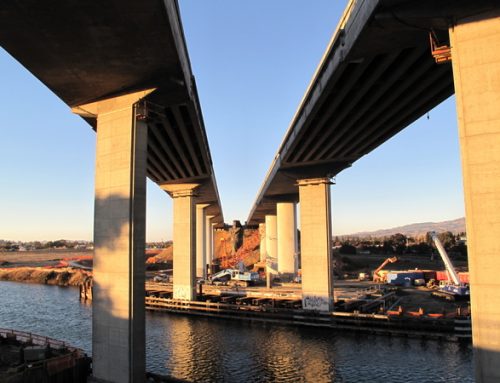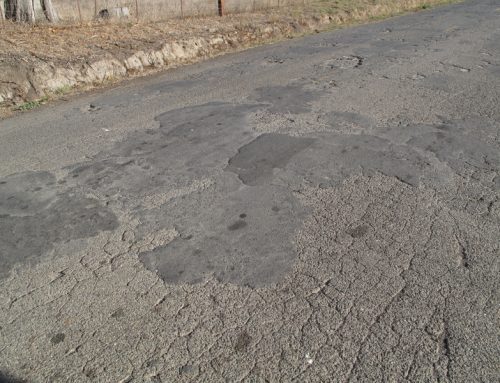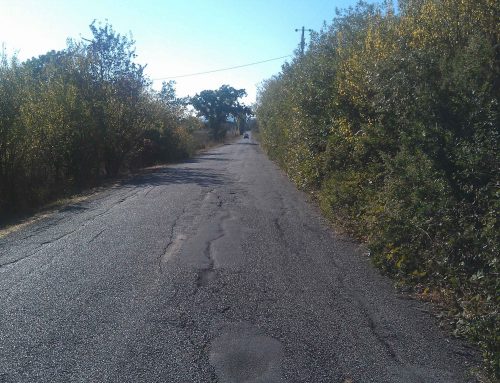It’s been one of the more controversial practices by motorcyclists, and now the CHP has issued guidelines on it.
We’re talking lane splitting.
California is the only state to allow lane splitting by motorcyclists, where the bikers ride between lanes of slow or stopped traffic. While there’s no law allowing lane splitting, there’s no law prohibiting it, so the CHP says it’s legal.
CHP Sgt. Mark Pope of the motorcycle safety unit at the CHP’s Sacramento headquarters says the CHP decided to come up with the guidelines because there weren’t any official ones and because some “self-professed experts” were posting all kinds of information online, “some of them scary.”
He says motorcyclist deaths jumped 20 percent in 2011 from 2010 and that also helped prompt the CHP to gather experts from the CHP, state Office of Traffic Safety, DMV, state Department of Transportation, universities and elsewhere to develop the guidelines.
Pope, who off duty rides a 2011 Kawasaki Concourse C14, says he lane splits at times but only when safe.
“I practice what I preach,” he says, referring to the guidelines issued Jan. 15 by the CHP.
A recent state Office of Traffic Safety study found 77.6 percent of motorcyclists said they lane split, with 30.9 percent doing it all the time; about 53 percent of drivers of various vehicles knew lane splitting was legal; and 7.3 percent of drivers had tried to prevent a motorcyclist from lane splitting.
Pope says legislators have over the years proposed banning lane splitting but the CHP has cautioned that such a ban may cause more motorcyclist injuries or deaths. He explains that the most common collision in California is the rear-ender and if motorcyclists were banned from lane splitting, they likely would end up in more such accidents than they do now. If your car gets rear-ended, you’ll likely survive. If your motorcycle gets rear-ended, the risk of injury or death is much greater.
Pope warns that although lane splitting is legal and that although the guidelines are simply guidelines, not the law, motorcyclists still could be ticketed if officers believed they were speeding, being reckless or otherwise violating a traffic law.
Here are highlights of the CHP guidelines:
–Ride no more than 10 mph faster than other traffic because it “allows an alert, competent rider enough time to identify and react to most dangerous situations.”
–Don’t lane split when traffic is flowing at 30 mph or faster because “as speed increases, crash severity increases.”
“At just 20 mph, in the 1 or 2 seconds it takes a rider to identify a hazard, that rider will travel approximately 30 to 60 feet before even starting to take evasive action. Actual reaction (braking or swerving) will take additional time and distance,” the guidelines state.
–It’s generally safer to ride between the No. 1 (farthest left) and No. 2 lanes than between other lanes.
–Don’t lane split near onramps and offramps.
–Don’t lane split when another motorcyclist doing it between other nearby lanes because cars may make room for that rider and narrow the gap for you.
–Before lane splitting, take into consideration such things as the width of the lanes, size of other vehicles, road conditions, lighting, weather and more. Don’t lane split between trucks, buses, RVs and other wide vehicles.
–Watch out for other vehicles. They may not be watching out for you.
The CHP guidelines also target drivers of cars, trucks and other vehicles, including advising them to watch out for motorcyclists and warning them not to discourage lane splitting, not to block or impede a motorcyclist in a manner that could harm the rider and not to open a door to stop lane splitting. The last two are specifically prohibited in the state Vehicle Code.
To read the full guidlines, CLICK HERE.
————–
Follow the Road Warrior on Twitter via @PDRoadWarrior



